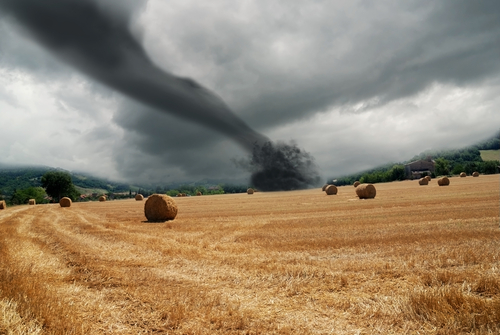It’s safe to say it wasn’t the best start to a new year for some parts of the United States.
The Northeast continues to dig out with trucks still hauling away snow that fell more than eight days ago. Though many businesses were affected by the storm, it was recently reported that the post-Christmas blizzard cost retailers a whopping $1 billion. That’s according to shopper traffic analysis company, ShopperTrak. The following are their findings:
- On Dec. 26 total U.S. foot traffic was 11.2% below what it would have been expected if the blizzard had not hit the Northeast.
- Northeast region foot traffic fell 6.1% on Dec. 26 while the other three regions (Midwest, South, West) had an average gain of 38.6% versus last year.
- On Dec. 27 total U.S. foot traffic was 13.9% below expectations had the blizzard not hit the Northeast.
- Northeast region foot traffic fell 42.9% on Dec. 27 compared to 2009, while the other regions averaged a 13.0% gain.
- Preliminary GAFO retail sales estimates for Dec. 26 and 27 combined are roughly $10 billion. Assuming a conservative 10% sales impact nationally for the blizzard, roughly $1 billion of retail spending was postponed during the two day period.
It’s not only retailers that were financially impacted by the monstrous storm; some estimates say the airline industry could see blizzard-related costs upwards of $150 million.
At least 6,000 flights, mostly in and out of New York City-area airports, were canceled because of the storm, according to the Federal Aviation Administration. Those disruptions, along with the need to bring back planes that had been moved in anticipation of the blizzard and other factors, could cost airlines between $100 million and $150 million, estimates Helane Becker, an airline analyst at Dahlman Rose.
In the West, Californians were hit with heavy rains and winds that caused flooding through the Los Angeles area, the power of which can be seen in this video of Loma Linda, California on December 22.
It was reported that rains dumped more than half the year’s normal rainfall in many California regions, and areas of Los Angeles recorded almost 22 inches of rain. The area continues to assess damage and clean up costs.
And lastly, on New Year’s Eve, a deadly tornado outbreak swept across Arkansas, Mississippi, Missouri and Illinois. The Weather Channel says there were 30 reported tornadoes, with five of the twisters earning an EF3 rating. Seven people were killed during the storms, making it the second deadliest New Year’s Eve for tornadoes.
Is this a sign for what’s to come in 2011 or merely a dramatic end to a year filled with unprecedented natural disasters?



